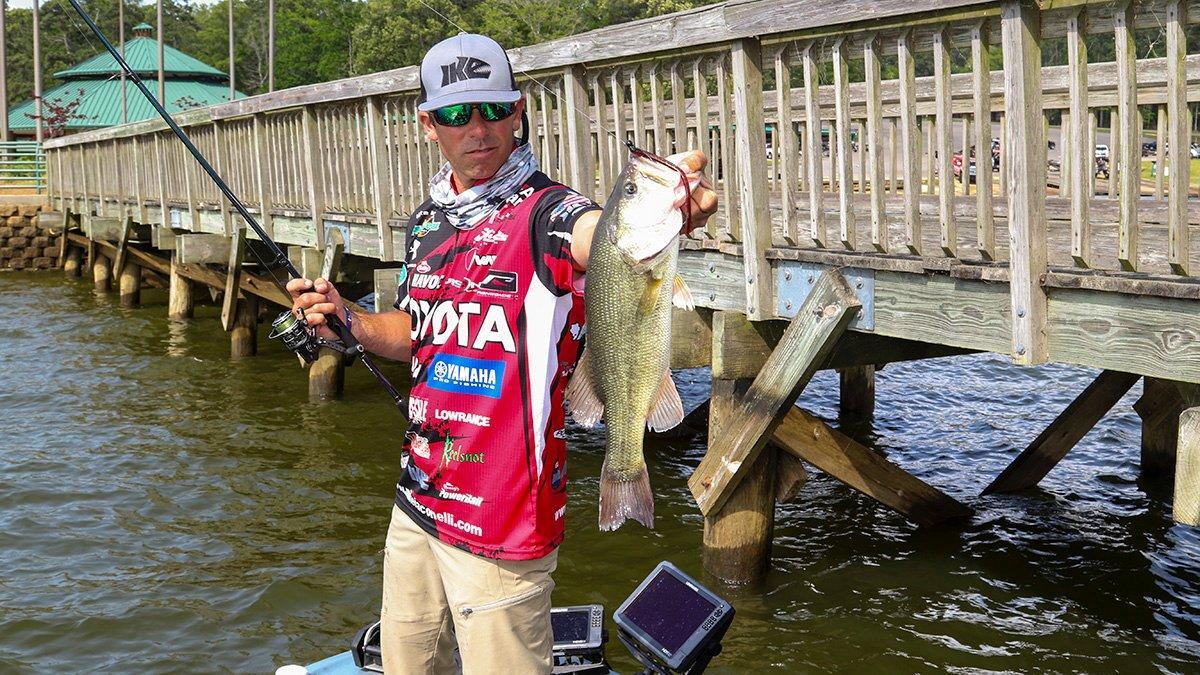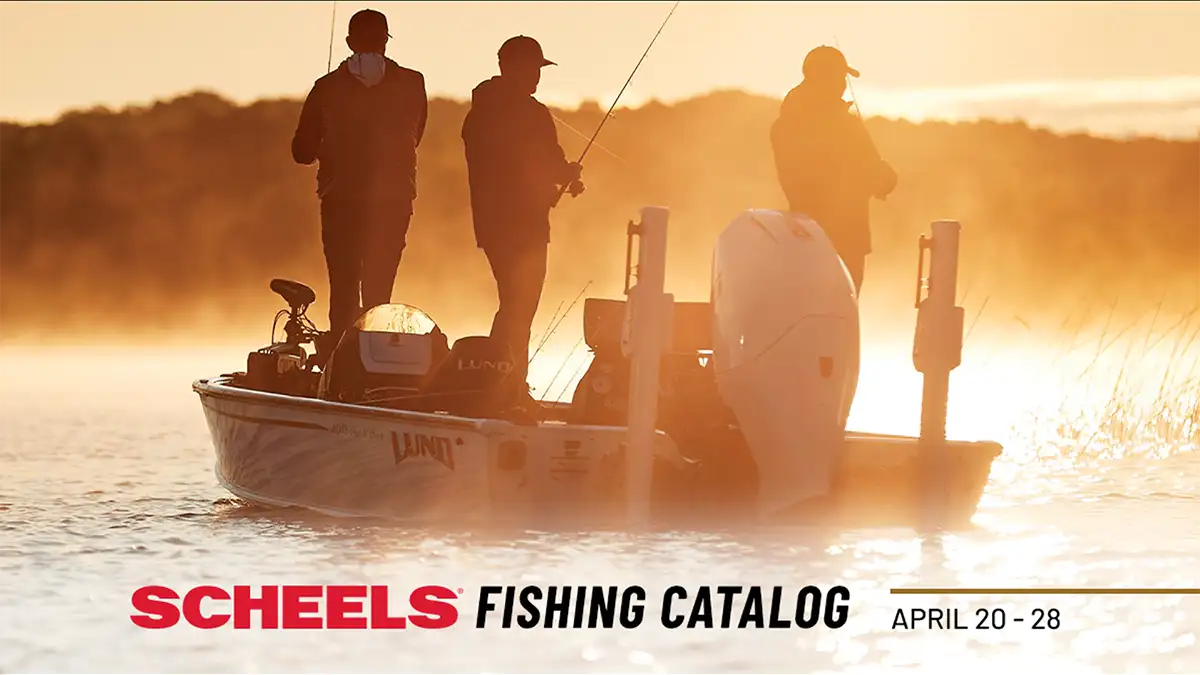Selecting the right size plastic bait for bass fishing is a decision Mike Iaconelli faces every time he hits the water. After two decades of professional bass fishing, a lot of it has become intuitive; nevertheless, the Bassmaster Elite Series pro has never abandoned the selection he’s used all these years.
Here’s a look at how the 2003 Bassmaster Classic champion selects his plastics.
Meal matching
From creature baits like the 3-, 4- or 5-inch Berkley Havoc Pit Boss, to Berkley Power Worms with 4-, 7- and 10-inch sizes; Iaconelli knows that presenting a similar profile is the first step in selling the impostors.
“Absolutely, the number one reason why I’d use a particular bait is the forage size,” Iaconelli firmly states. “”What size are the crawfish? What’ the size of baitfish? Is it something large like shiners or hitch; or something smaller like shad or darters?
“I want to be pretty close, so if I’m looking at the bottom and 90 percent of the crawfish are 2-3 inches, I want at 3-inch bait.”
In addition to observing live local forage, Iaconelli suggests checking the livewell for regurgitated meals, feeling a fish’s belly for large or small prey, peeking under docks at the ramp, and turning over shoreline rocks. Prior to visiting new lakes, Google the indigenous forage and check the average sizing.
As Iaconelli notes, winter presents a catch-22, in that you basically have two potential scenarios: First, fish are hungry and bulking up for the prespawn at the end of winter by feeding on the previous spring’s forage that’s now pushing maximum size. So one would think a big slow meal would be appealing in the winter.
“But when fishing gets tough in cold, clear water, then I shift to smaller baits, even if bigger forage is present in the water,” Iaconelli said.
Likewise, later in the postspawn — a time when just about every forage species from shad, to bluegill, to carp are spawning — anglers often think big easy meal then too. But bass will often become fixated on tiny meals.
Mind their mood
The general lethargy common to post-frontal days typically steers Iaconelli to the smallest version a particular bait, while amped-up aggression often merits a more substantial profile.
“Say, I see these 3-inch shore minnows, but a falling barometer has the fish feeding like crazy; well, I’m going to go with a larger size bait to try and get a bigger bite,” he said.
Now one time Iaconelli might throw all this out the window would be a situation when the fish are feeding on jumbo gizzard shad, but he can’t tempt a big one. Here, he’ll jump up to a super-large profile bait like a 12- to 14-inch worm and show the fish something that can compete with the targeted forage.
On the flipside, even if conditions and fish mood seem to justify a larger bait, Iaconelli might downsize to finish out a limit. The bass may be willing to eat a big bait, but burning daylight on the hog hunt pales in comparison to the numbers game.
Water clarity dictates size
This one’s pretty straightforward; smaller baits for clearer water and bigger baits for dirtier habitat.
“When I can see a penny in 20 feet, I go smaller; but in muddy water where I want more presence, I’ll use the larger size of that bait,” Iaconelli said.
Bigger bass, bigger baits
Notwithstanding these other factors, Iaconelli’s most straightforward criteria looks at his targets. Is this Pittsburgh’s 3 Rivers where 1 1/2-pounders are big; or are you fishing toad factories like Okeechobee, Amistad or Clear Lake? Don’t overthink this one; give the fish appropriately sized meals.
Handle light baits with spinning gear
The natural question for bait size variance is casting distance; as in how much do you sacrifice by downsizing a bait? Iaconelli’s not interested in yielding any distance, so when he needs to throw a small version of his preferred bait, he’ll put down the heavier baitcasters and pull out a specialized spinning outfit made for the task.
“Instead of a 7-foot, medium rod with a size 25 reel, I’ll go with a 7-6 or 7-10 rod and a size 30 or 40 reel,” he said. “Now, I can put 10-pound braid on the spool and throw that bait a mile.”
Action can factor into selection
When the water is cold, sometimes less action is more appropriate. A lot of guys fish chunks on jigs instead of flapping, kicking type trailers in cold water because everything is more subdued in winter. Like wise in the summer, a big ribbon tail worm is hard to beat because that thin tail is constantly moving and looking alive and you can fish it fast with a lot of action.
Factor clarity, available forage, mood of the fish and temperature of the water into your plastics selections and you’ll find more success in bass fishing.















